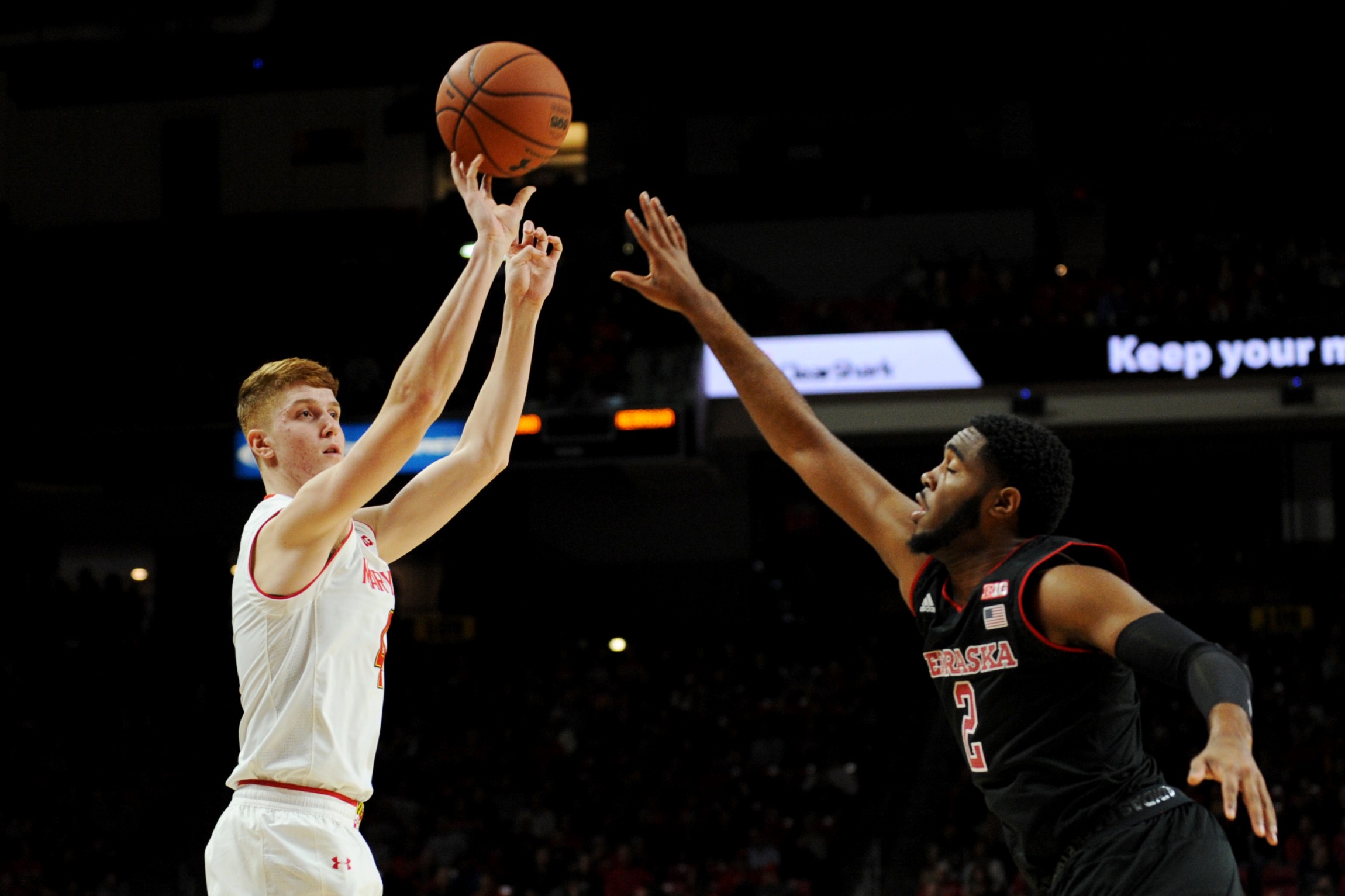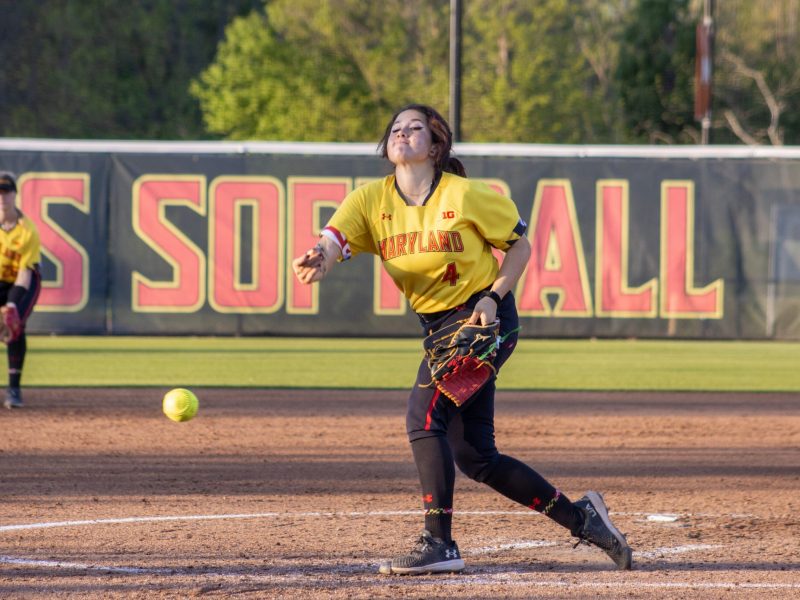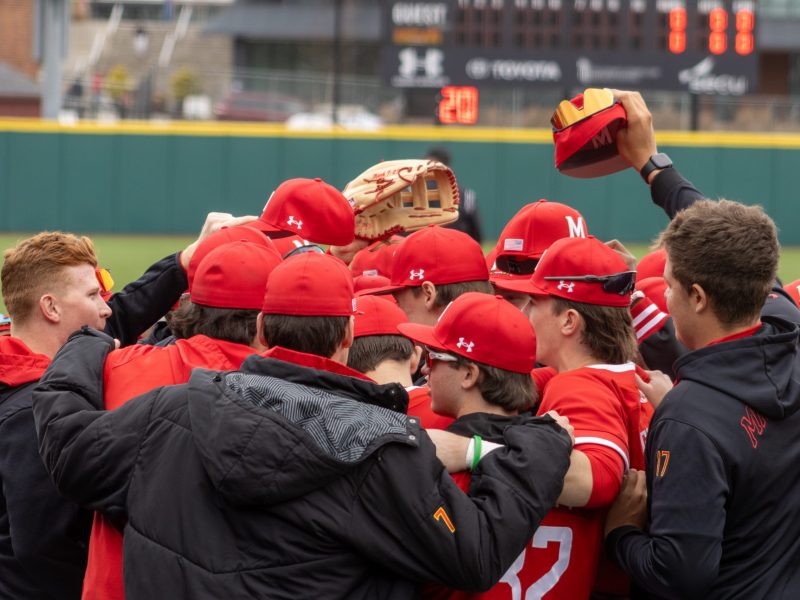Call Maryland men’s basketball Willie Nelson, because the team is on the road again. The Terps head to Lincoln on Tuesday to face Nebraska, which has gone a surprising 19-8 this season. To figure out what’s made the Cornhuskers so good, we reached out to Matt Hardesty of the Daily Nebraskan. Our conversation has been lightly edited for clarity.
We can’t talk about the Cornhuskers without talking about James Palmer. In two years at Miami, he started five times and averaged 3.6 points per game. Then he transferred to Nebraska, and now he’s fifth in the Big Ten in scoring. Where did this come from? Is this who Palmer really is, or is it just a random hot streak?
Palmer’s finished in double figures in 25 of 27 games, so it’s safe to say that this is no random hot streak. The year off and the larger role at Nebraska seem to have really benefited his game. What’s made Palmer a candidate for All-Big Ten this year, however, has been his versatility on offense. Not only is he shooting 45 percent from the field, he’s also a viable option from three-point range, and he gets to the free throw line an average of seven times per game (and shoots 75.5 percent when he there). That all adds up during his time on the court, and it’s how he leads the team with 17.6 points per game.
Nebraska didn’t have much hype before the season, but coach Tim Miles’ team is sitting pretty at 10-4 in Big Ten play, including seven wins in its last eight conference games. How have the Huskers fared so well this year? Is it all Palmer, or are there other factors at play?
Nebraska’s strong season has been the reaction of a variety of factors. The team lucked out with its schedule by facing Michigan State, Purdue, Ohio State and Michigan only once each (although three of those were away from home). Playing twice against other teams that are in rebuilding mode, such as Wisconsin and Illinois, has been very beneficial to the the Huskers record.
But the main reason Nebraska has improved so drastically this season has been its depth. Despite losing five significant players from last year, the Huskers managed to replace them through transfers (Palmer, Isaac Copeland, Duby Okeke) and increased roles from underclassmen like Isaiah Roby. Anton Gill’s return to the team after missing most of last season with a knee injury has also helped them out — he’s currently one of their best three-point shooters at 39.7 percent.
After a solid showing as a sophomore, Glynn Watson has regressed badly this season — he’s shooting .360 from the field and .278 from beyond the arc. Why has the former top recruit struggled as a junior?
Without a doubt, Watson has had his fair share of struggles throughout the season. While some of those struggles earlier in the year have been mental, they have mainly come from adjustments in the offense. After two years of being one of the Huskers’ main options offensively, Watson has had to take a step back this year and facilitate more to Palmer and Copeland, and that took some time for him to adjust to.
Watson has managed to steady his production recently, though — he’s finished in double figures in four of Nebraska’s last five games. He also has come up big for the Huskers when they’ve needed him, putting up impressive numbers against Minnesota, Northwestern and Penn State.
While the Huskers don’t have a ton of size — backup center Jordy Tshimanga is the only player listed as taller than 6-foot-10 — they’re third in the Big Ten with 5.4 blocks per game. How have they swatted away so many shots without a Jaren Jackson or a Matt Haarms?
While it’s true that Nebraska lacks height, it does not lack athleticism. Miles has a pair of freak athletes in his starting lineup — Roby and Copeland, who make up half of the team’s average blocks per game. Backup center Duby Okeke also helps pad those stats, as he averages one block per game in just seven minutes off the bench. In Saturday’s win over Rutgers, the graduate transfer blocked four shots in just six minutes of action.
Statistically speaking, this Huskers team has already climbed up to seventh in the school record books for most blocked shots in a season, and if they stay on course with their current average, they could finish in the top three depending on how many more games they play.
Finish the sentence: Nebraska wins this game if…
…it keeps Maryland to 70 points or fewer. The Huskers have held nine Big Ten opponents under 70 points so far, and they’re 8-1 in such games. Meanwhile, the Terrapins are 1-7 in conference games where they’ve failed to top 70. In six Big Ten home games, Nebraska has allowed an average of 63.5 points per game and held all but one opponent under that 70-point threshold.
Maryland wins this game if…
…it can keep Nebraska from drawing fouls. The Huskers are shooting 72 percent on free throws this season, and one common theme throughout most of their losses has been a lack of free throw attempts. If the Terrapins can stay out of foul trouble and keep the Huskers off the charity stripe, then they’ll have a chance to steal one in Lincoln.
Personally, I’m also excited to see the matchup between two of the Big Ten’s craziest athletes: Bruno Fernando and Isaiah Roby. Both have been routinely making jaw-dropping plays and are showing that the future of their programs will be very bright.



